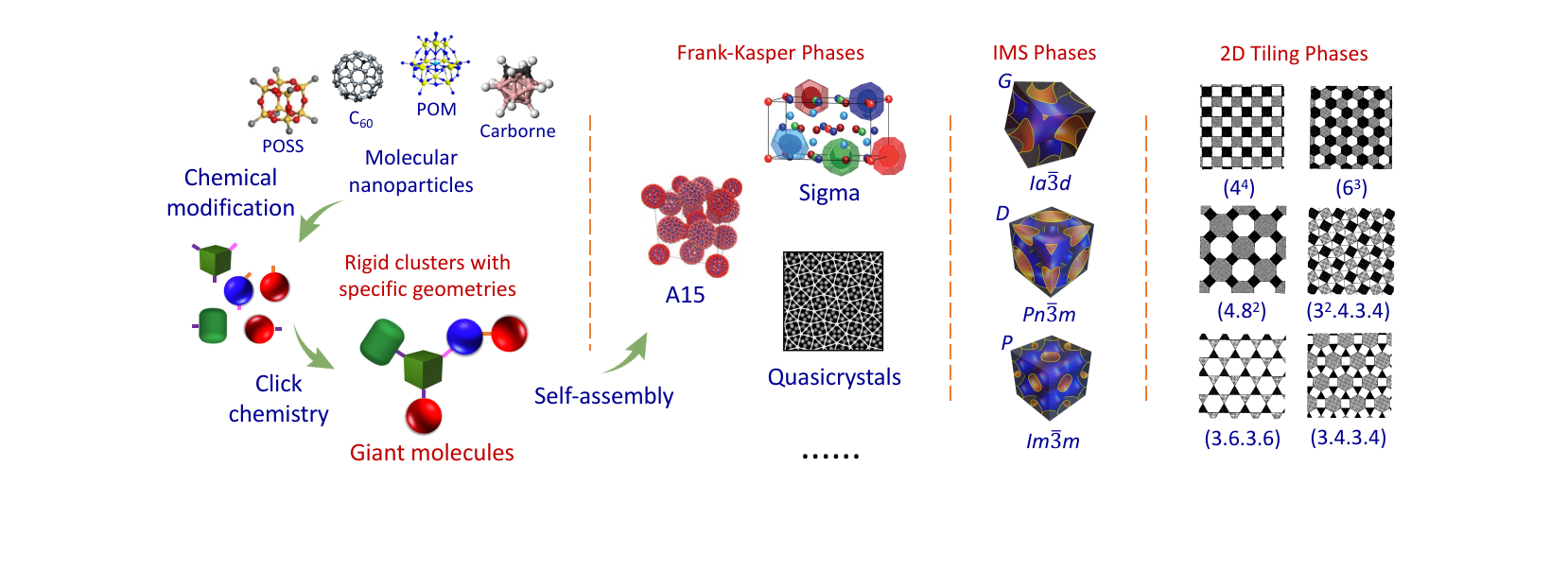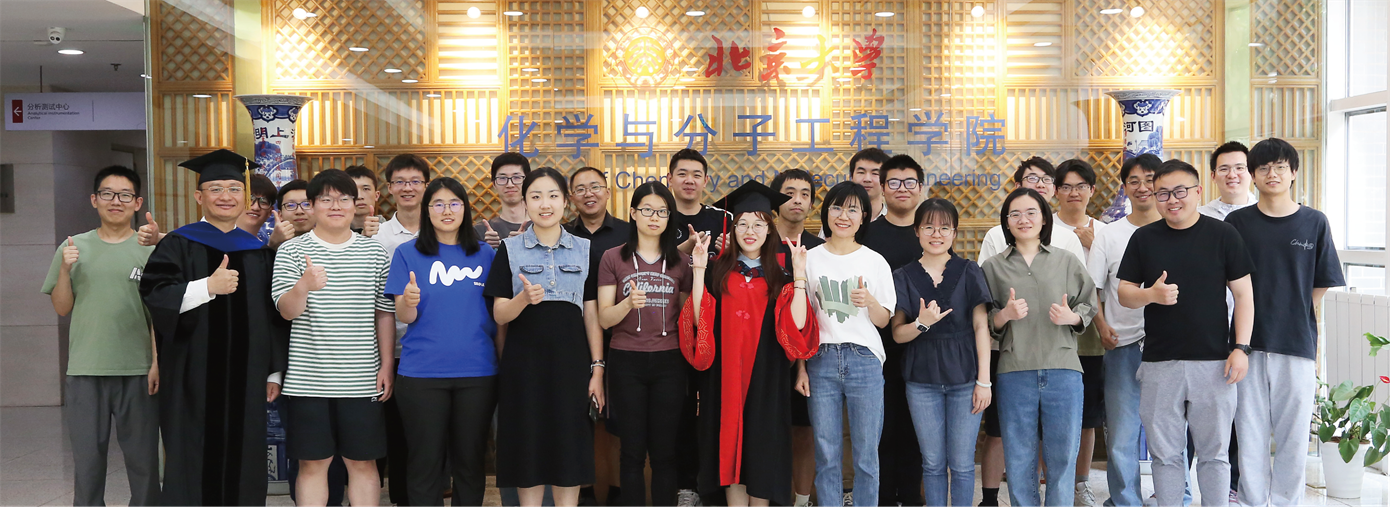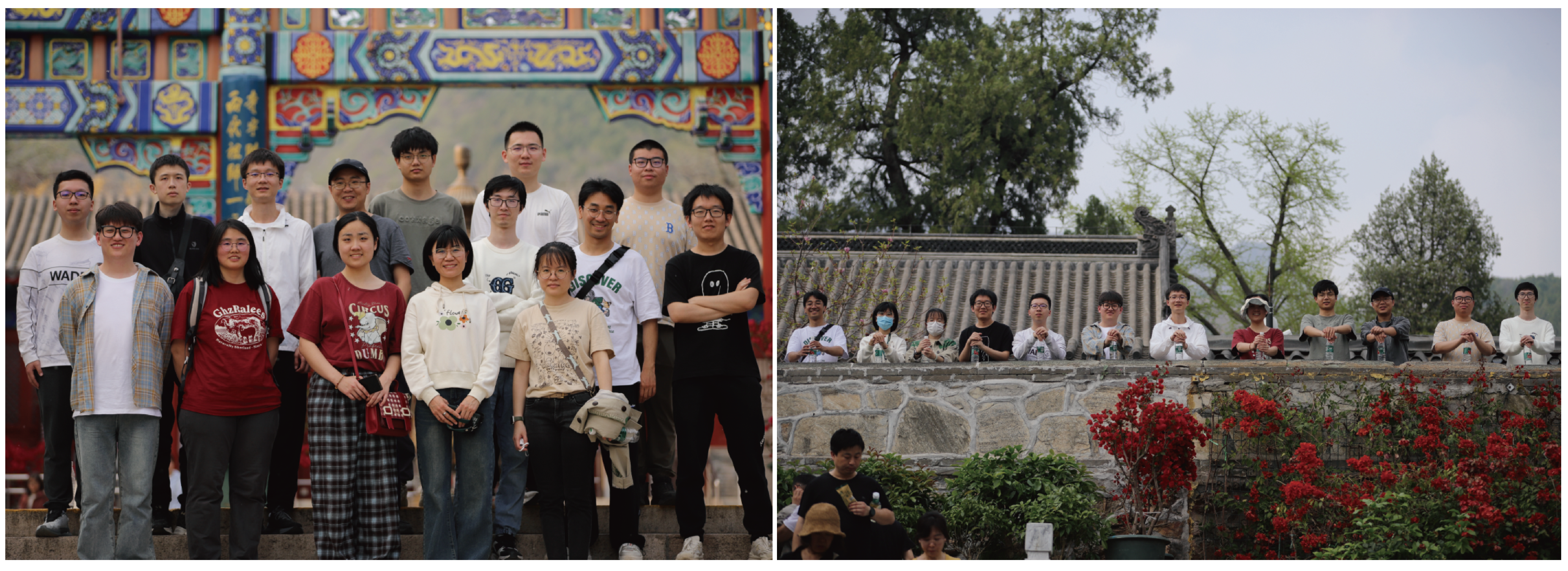Quotes
----------------------------------------------
-----------------------------------------------
在科学上没有平坦的大道,只有那些不畏艰险沿着陡峭山路攀登的人,才有希望达到光辉的顶点。
----马克思
-----------------------------------------------
Research Projects
Collaborations
------------------------------------------
请有兴趣的研究组联系我们。欢迎任何形式的合作,尤其是在自组装、水凝胶以及生物医药等方向的合作。
------------------------------------------
请有兴趣的研究组联系我们。欢迎任何形式的合作,尤其是在自组装、水凝胶以及生物医药等方向的合作。
------------------------------------------
Publications
31. Anionic Synthesis of a “Clickable” Middle-Chain Azide-Functionalized Polystyrene and Its Application in Shape Amphiphiles. Chin. J. Polym. Sci. 2013, 31, 71-82
Posted on:2016-04-27
Yue, K.; He, J.; Liu, C.; Huang, M.; Guo, K.; Ni, P.; Wesdemiotis, C.; Quirk, R.P.;* Cheng, S. Z. D.;* Zhang, W.-B.* Anionic Synthesis of a “Clickable” Middle-Chain Azide-Functionalized Polystyrene and Its Application in Shape Amphiphiles. Chin. J. Polym. Sci. 2013, 31, 71-82. [Link] [PDF]
Abstract
“Click chemistry” is, by definition, a general functionalization methodology (GFM) and its marriage with living anionic polymerization is particularly powerful in precise macromolecular synthesis. This paper reports the synthesis of a “clickable” middle-chain azide-functionalized polystyrene (mPS-N3) by anionic polymerization and its application in the preparation of novel shape amphiphiles based on polyhedral oligomeric silsesquioxane (POSS). The mPS-N3 was synthesized by coupling living poly(styryl)lithium chains (PSLi) with 3-chloropropylmethyldichlorosilane and subsequent nucleophilic substitution of the chloro group in the presence of sodium azide. Excess PSLi was end-capped with ethylene oxide to facilitate its removal by flash chromatography. The mPS-N3 was then derived into a giant lipid-like shape amphiphile in two steps following a sequential “click” strategy. The copper(I)-catalyzed azide-alkyne cycloaddition between mPS-N3 and alkyne-functionalized vinyl-substituted POSS derivative (VPOSS-alkyne) ensured quantitative ligation to give polystyrene with VPOSS tethered at the middle of the chain (mPS-VPOSS). The thiol-ene reaction with 1-thioglycerol transforms the vinyl groups on the POSS periphery to hydroxyls, resulting in an amphiphilic shape amphiphile, mPS-DPOSS. This synthetic approach is highly efficient and modular. It demonstrates the “click” philosophy of facile complex molecule construction from a library of simple building blocks and also suggests that mPS-N3 can be used as a versatile “clickable” motif in polymer science for the precise synthesis of complex macromolecules.






